The beginners guide to sub-bass: how to program a basic sound
If you don’t reach the bottom, how can you hit the top? Get the lowdown on making your subs sound sweet
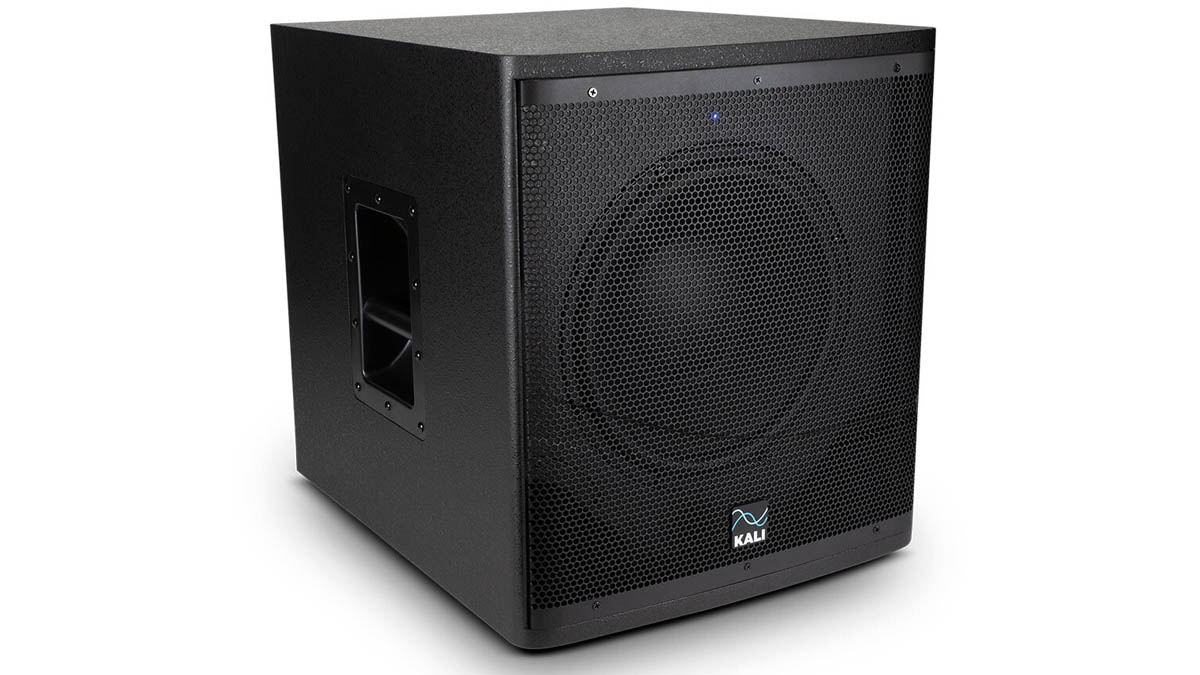
Sub-bass is a music production term typically used to refer to frequencies in the range 20-80Hz – the lowest limit of human hearing.
Although many acoustic and electric instruments generate frequencies in this region, sub bass only really became a usable sonic tool in its own right in the '80s, when the booming kicks of the Roland TR-808 and single-cycle test tones of various Akai samplers became available to dance producers. This resulted in records like LFO’s LFO and JJ Fad’s Supersonic.
Subsequently, early DnB tracks like Urban Shakedown’s Some Justice and Kromozone’s The Rush began to put sub-bass gymnastics centre stage, and by the time dubstep rolled around in the early noughties, huge subs were de rigueur. Nowadays, even pop music has to rock the bottom end, so understanding how to get the most out of the sub-80Hz range is an absolute essential for any producer of music.
In this guide to synthesizing sub bass, we’ll show you how to create awesome bottom-end sounds from scratch and layer them up with complementary mids, and use filtering to generate subs from full-frequency-range sounds. When using this stuff in your music, bear in mind that such extreme low end is hard to monitor correctly.
Most rooms have a fundamental frequency in the region of 20-200Hz, which has a negative effect on low-end reproduction and makes it hard to judge what your subs are doing. This being the case, we strongly recommend the use of headphones and spectral analysis tools in order to double-check your sound design and mixing choices.
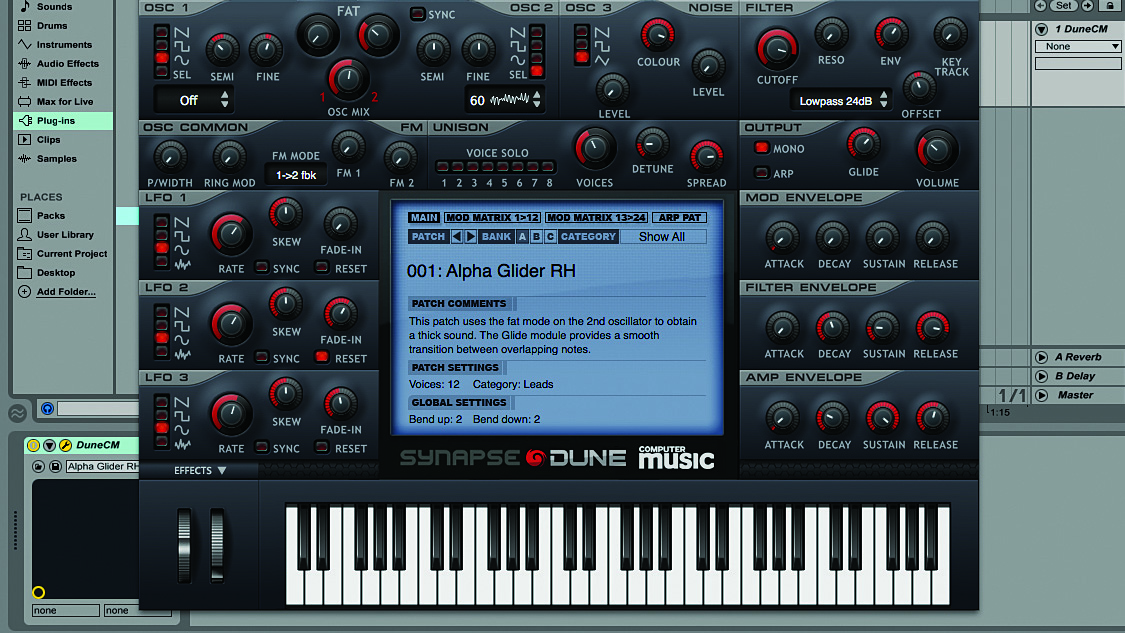
Step 1: Synthesizing sub bass is a very simple job using practically any synth, but there are a few tricks you can use to enhance the sound and make it easier to work into your mixes. We’re going to use Dune CM to make our sub. Launch your DAW and add Dune CM or your synth of choice to a MIDI track.
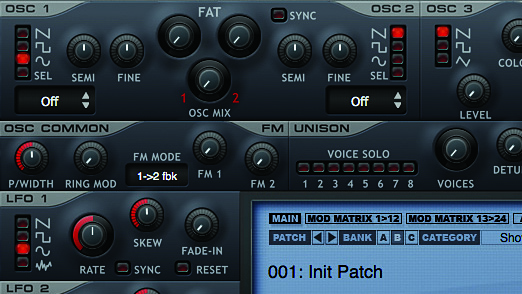
Step 2: Click the Bank B button to initialise the preset. Change Oscillator 1 from a sawtooth wave to a sine by hitting the sine button at the top left-hand corner of the interface. It clicks a little at the start and end of the sound, but you can remedy this by turning the Amp Envelope’s Attack and Release up to 15% each.
Want all the hottest music and gear news, reviews, deals, features and more, direct to your inbox? Sign up here.
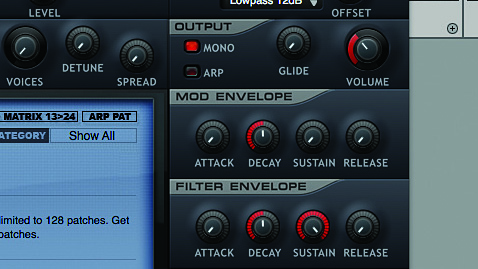
Step 3: Typically, you’ll only want to play a sub bass monophonically, so activate the Mono button in the Output panel. Because we’re using a sine tone, our sub only has a single harmonic – ie, no sonic ‘information’ above the note you play it on. While this is useful in many circumstances, in others that extra energy might actually be desirable.

Step 4: Add Voxengo SPAN to your DAW’s master output. This shows us the signal’s harmonic content; with a sine oscillator we only get a single peak. Click the Sel button in Dune CM’s Oscillator 1 panel, then drag up on the waveform display below to select waveform 10. This triangle waveform has odd harmonics like a square wave, but they roll off more quickly, giving us a warm, bassy sound.
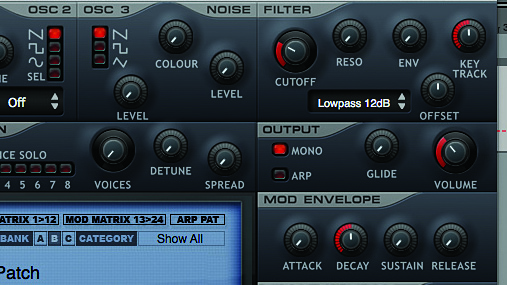
Step 5: To get more control over these harmonics, set Oscillator 1’s waveshape to square, then, in the Filter panel, set the Key Track knob to 50% and turn the Cutoff down to around 30%. Turning the Cutoff up or down slightly makes the sub brighter or duller. When you’re done, turn the Cutoff back up to 100% and return Oscillator 1 to a sine shape.
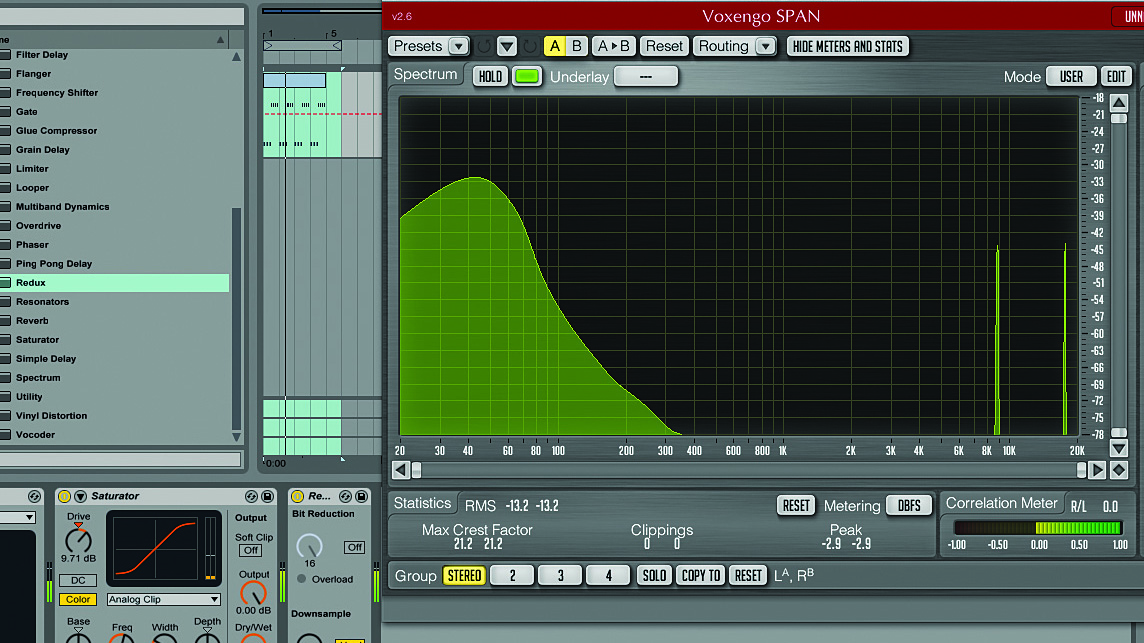
Step 6: Another way to add interest to the sound is to process it. Try adding your DAW’s saturation effect to pull out the harmonics in the low end, or sample rate reduction to do the same at the high end. Both of these effects can help the sub to be heard more clearly on playback systems that don’t effectively recreate the lowest octaves.
Computer Music magazine is the world’s best selling publication dedicated solely to making great music with your Mac or PC computer. Each issue it brings its lucky readers the best in cutting-edge tutorials, need-to-know, expert software reviews and even all the tools you actually need to make great music today, courtesy of our legendary CM Plugin Suite.
